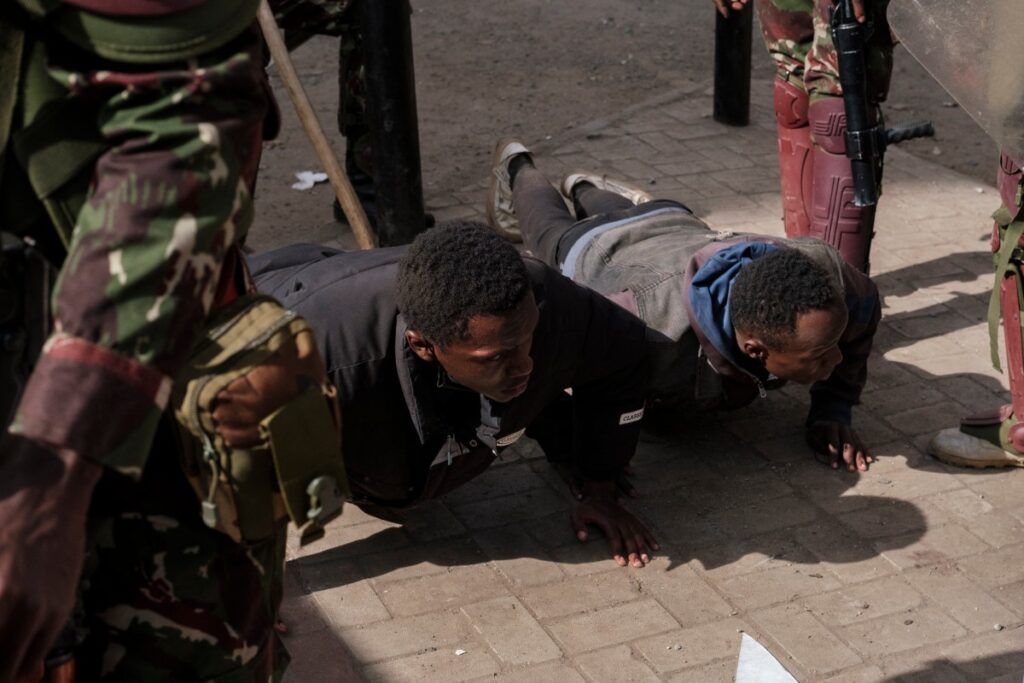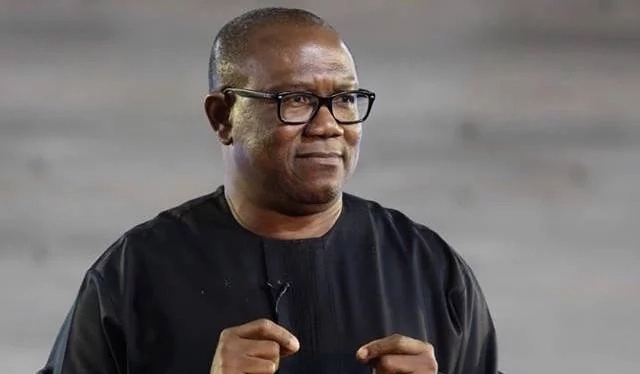Domestic violence is a major concern in many countries in the world. In Nigeria, women are victims most of the time, with acts of violence ranging from physical abuse, sexual harassment, mental and emotional abuse to harmful traditional practices. The country’s biggest and most populous city, Lagos, witnessed an increase of 87.57% in intimate partner violence reports in 2018 alone.
The recent pandemic, however, has brought this pressing issue into the spotlight. Termed by the United Nations as the Shadow Pandemic, COVID-19 exacerbated what already was a huge problem. Being confined inside the house has fostered tension between family members, and it only worsened when worries over money, security, and health arose.
As COVID-19 spread in Nigeria, so do domestic violence cases. Iheoma Obibi, the executive director of Alliances for Africa, said the surge of violence against women and girls was a direct consequence of the pandemic. The risk of violence is compounded by the fact that most people are now forced to stay inside their homes. Women and children who found an escape at work and school are facing dismal weeks under lockdown, often at the mercy of their abusers.
Factors That Lead to Domestic Violence
There are enabling factors that allow domestic violence to occur. One of them is the question of control and dominance. More often than not, one party seeks to dominate the other, leading to the violence meted out in the form of verbal, physical, emotional, sexual, and even economic abuse. Other commonly cited reasons include lack of sexual satisfaction and ineffective communication between two parties. Experts look at the power dynamics, where one party is superior to the other. It can happen in cases where a man with low self-esteem is in a relationship with a woman who is financially empowered. While these factors enable domestic violence and it’s important to understand them, it can’t be ignored that the fault is in the abuser who lost control of his anger. It’s vital to make this distinction to avoid putting the blame on the victims, hence the need to stray from the terms like “triggered” and “provoked.”
Red Flags to Look Out For
Abusers often show some signs of violence. The abuser can be too possessive or jealous. Some resort to shaming their spouses and controlling every aspect of their financial decisions. When a partner makes another feel inferior and worthless, that can be considered a red flag. The same could be said about restricting money and resources. Oftentimes, abusive partners try to separate their victims from their support systems, such as family and friends.
The vulnerable must know about these serious signs so they can seek help and escape their abusive environment as soon as possible.
Steps Taken to Mitigate the Risks
Domestic violence has been especially hard for those who are already vulnerable. Pregnant and dependent women face a greater risk of domestic violence, often falling prey to sexual exploitation and physical abuse. To make matters worse, they are isolated from the people and resources that can aid them. Unfortunately, It’s not surprising that most of these cases go unreported.
Even so, many organizations in the country strive to curb domestic and gender-based violence and help those who are most vulnerable.
Alliances for Africa, for example, extend its help by keeping a record of incidents where violence against women and girls was committed. It has also sought to include women in all COVID-19 taskforce committees, particularly in the Imo State.
Other organizations emphasize the importance of community-based prevention and education. They seek to raise awareness in an effort to discourage violent behaviors among boys and men. Continual campaigns in communities with the support of the government are key to preventing further domestic violence cases. Even something as simple as teaching community members to manage their relationships without resorting to violence can go a long way to end the cycle.










